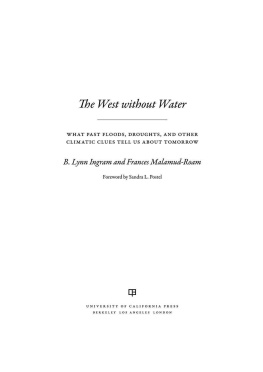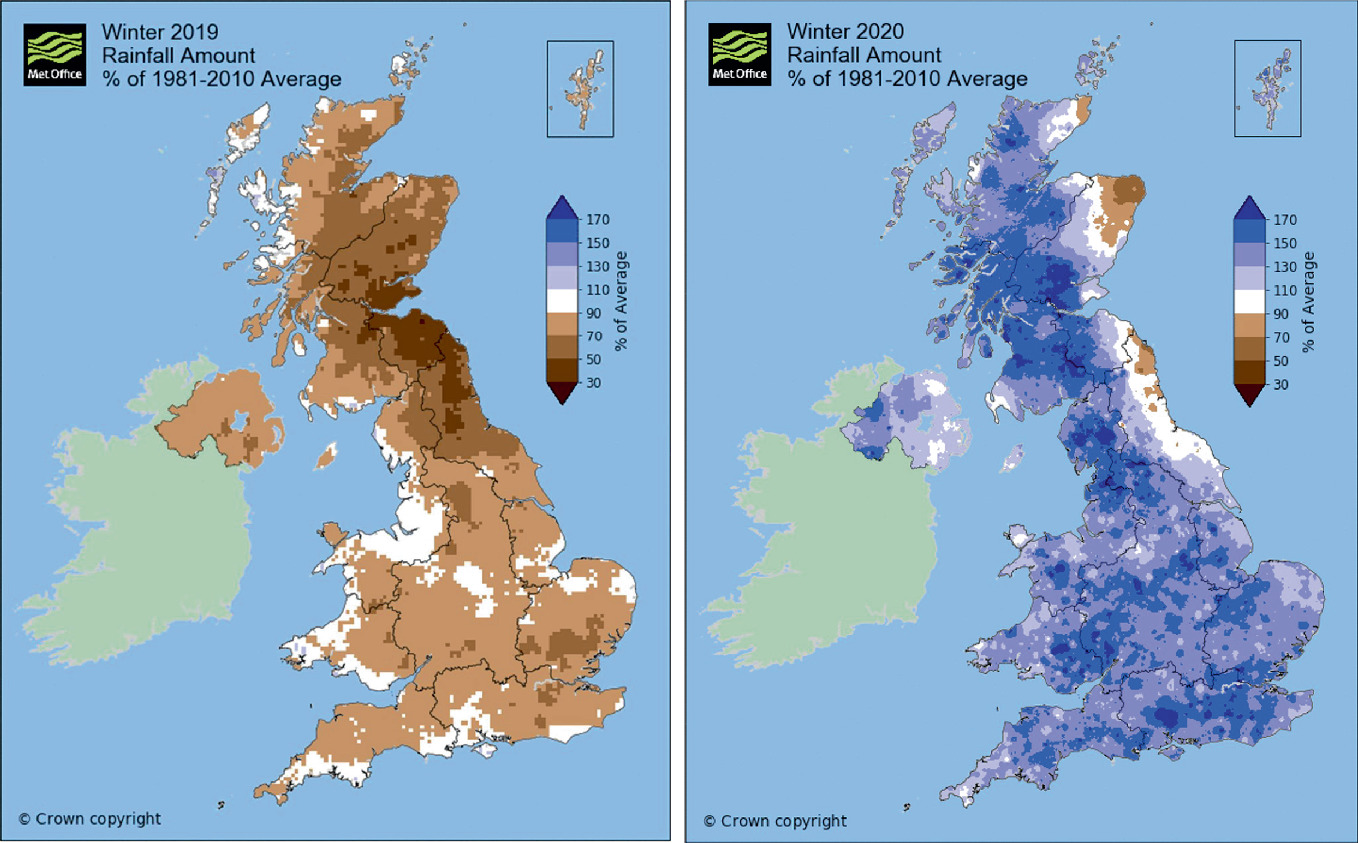Global heating is already causing an increasing frequency of extreme weather events. The summer of 2018 was the driest and warmest in Scotland for 25 years, following just four months after a prolonged spell of freezing, wintery weather characterised by a storm system nicknamed the beast from the east. Projections suggest that by 2050, a summer as warm as, or warmer than, 2018 would be expected roughly every two years (Fig. ).
The effects of climate change are seen most clearly in the water cycle and, therefore, the water environment on which we depend. In recent years, Scotland has experienced an increase in average annual rainfall, with the last decade (20092018) around 15% wetter than the 19611990 average and winters 25% wetter.
However, changes are not uniform, and examination of the seasonal winter rainfall during 2019 and 2020 shows stark differences (Fig. ). 2019 was characterised by significantly less rainfall than might be expected, whilst 2020 saw large areas of Scotland experience significantly more rainfall than the average and some regions saw a decrease.
Fig. 10.2
Winter 2019 and winter 2020 rainfall showing highly variable patterns between the years and for 2020 significant differences across small geographic ranges (Met Office )
Climate change projections suggest we will see an increase in the frequency and intensity of extreme weather events in Scotland, from extended periods of dry weather presenting challenges to water resources , and significant increases in the intensity of rainfall events that would cause flood risk to assets and to our ability to drain urban areas, presenting flood risk to customers (Climate Change Committee ).
Current projections indicate we may experience an increase in the rainfall intensity of some events of approximately 45% over the next 30 years. This could see a 90135% increase in water volume in our sewers, and as our sewers were built in the nineteenth and twentieth centuries, they will not always be able to cope (Scottish Water ).
The variability of the weather will also increase, with our assets having to manage across a wider range of extremes. This variability in conditions has a further impact on the environment, with periods of wetting and drying increasing the risk of soil erosion which can impact on the quality of surface waters we abstract from. This in turn can present challenges to the treatment of water to a suitable standard.
10.3 AdaptationServing Customers in a Changing Climate
Over recent years, Scottish Water has taken a number of steps to ensure that our assets and services are able to serve customers in a changing climate.
We have taken a high-emission pathway as a planning assumption, and using adaptation risk assessment and planning tools developed within the UK water industry (UKWIR ), we have reviewed the key implications for our assets and concluded that:
Climate change presents risks to service including water quality, quantity (supply), flooding of assets and customers, and low flows/high temperatures leading to treatment and odour risk.
Impacts may be greater than previously understood, particularly for drainage and flooding.
Scenarios do not differ markedly over the next 20 years irrespective of carbon emission trajectory.
There will be increased incidence of extreme events, and the range of conditions will broaden.
There are climate change interdependencies with, e.g., population growth, land use changes (water demand , etc.) and urban creep (run-off of surface water), and these will need to be considered in adaptation planning.
Service resilience is a key focus for our water and wastewater teams to put in place appropriate measures that will address service challenges from a number of change factors. These include growth, urbanisation , land use changes, asset deterioration and new technologies/demands. Climate change is a further element that will exacerbate some of these effects.
Our strategy for climate change adaptation is to secure a service resilient to climate change by using the latest scenarios, projections, tools and data and applying them to asset and service risk and resilience planning.

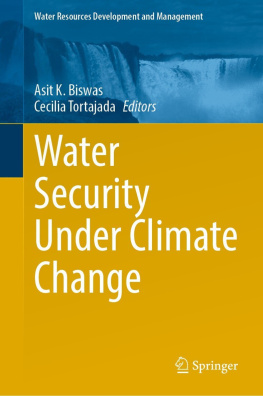

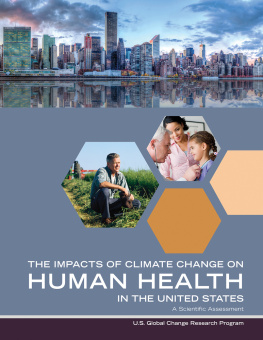

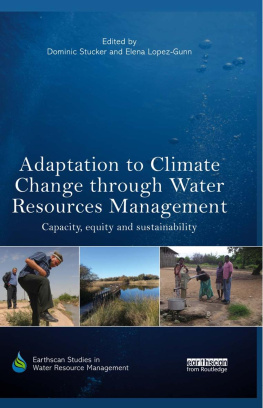




![David E Newton] - The global water crisis : a reference handbook](/uploads/posts/book/104432/thumbs/david-e-newton-the-global-water-crisis-a.jpg)
